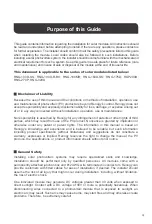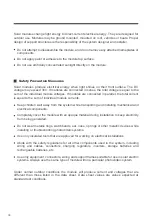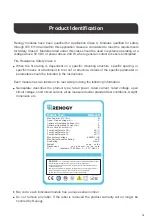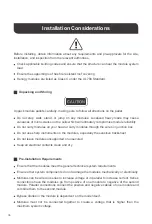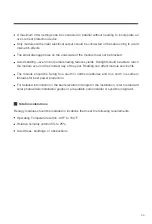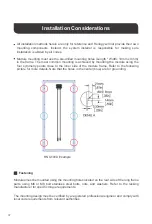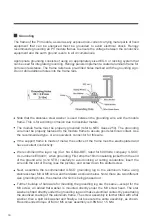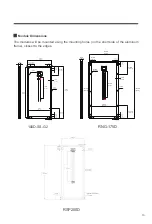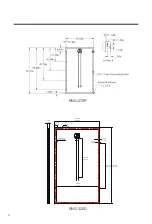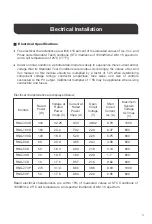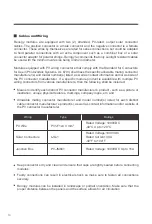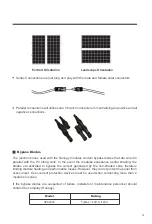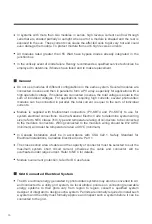
05
Installation Considerations
Before installing, obtain information about any requirements and pre-approvals for the site,
installation, and inspection from the relevant authorities.
Unpack module pallets carefully, making sure to follow all directions on the pallet.
Unpacking and Storing
Pre-Installation Requirements
Check applicable building codes and ensure that the structure can bear the module system
load
Do not step, walk, stand, or jump on any modules. Localized heavy loads may cause
variances of micro-cracks on the cells which will ultimately compromise module reliability
Ensure that the modules meet the general technical system requirements.
Ensure other system components do not damage the modules mechanically or electrically
Modules can be wired in series to increase voltage or in parallel to increase current. Series
connections have the modules go from positive of one module to negative of the second
module. Parallel connections connect the positive and negative cables of one module and
combine them to the second module.
Bypass diodes in the module is dependent on the model itself.
Modules must not be connected together to create a voltage that is higher than the
maximum system voltage.
Do not carry modules on your head or carry modules through the wires or junction box
Do not use sharp instruments on the modules, especially the sensitive backsheet
Do not leave modules unsupported or unsecured
Keep all electrical contacts clean and dry
Ensure the supporting roof has fire resistant roof covering
Renogy modules are listed as Class C under the UL790 Standard.
CAUTION



